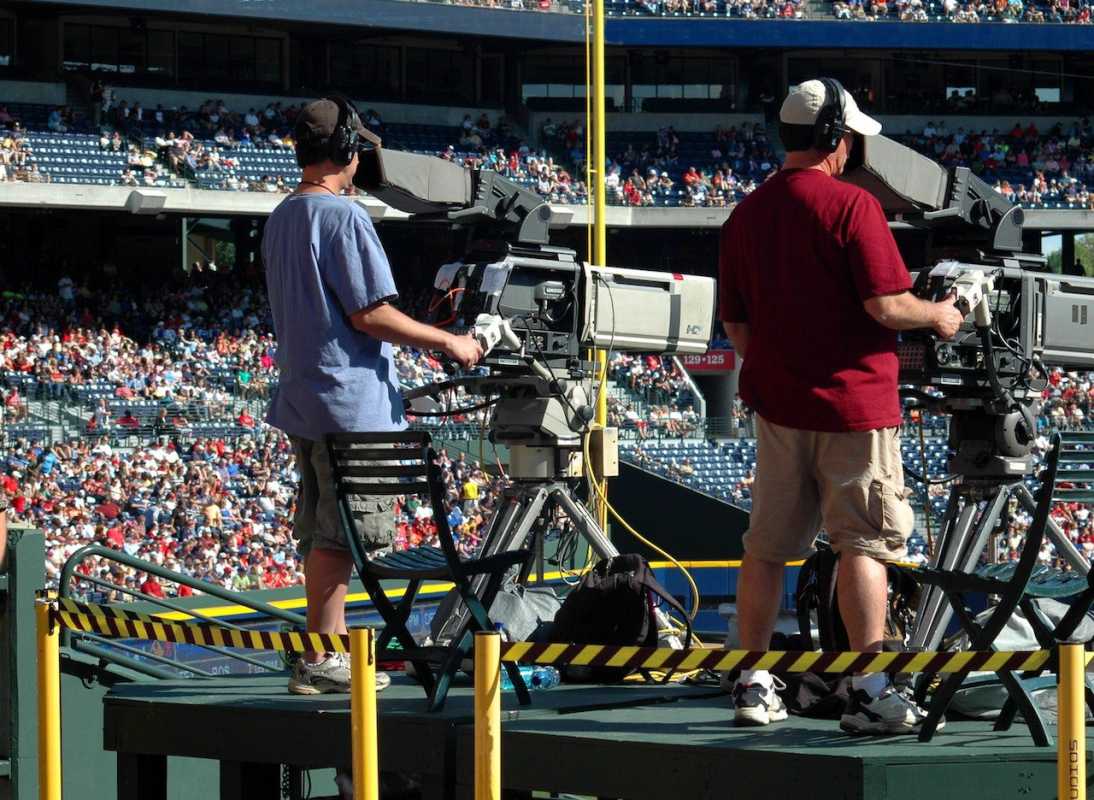Features
Sports Broadcasting: Evolution And Impact On Viewership

Sports broadcasting has come a long way since its inception. From simple radio commentary to high-definition live streams, the evolution of sports broadcasting has had a significant impact on viewership. This article explores the journey of sports broadcasting, highlighting the advancements and the effects they have had on the way we consume sports content.
The Early Days: Radio Commentary
In the early days, radio commentary was the primary means of experiencing live sporting events. Listeners relied on detailed descriptions and vivid storytelling to imagine the action unfolding in front of them. From horse racing to baseball, radio broadcasts brought the excitement of sports to the masses.
However, radio commentary had its limitations. Without visual aids, listeners had to solely rely on the commentators’ description. The absence of visuals made it difficult to grasp the full impact of the game, resulting in a less immersive experience.
The Advent of Television
The introduction of television revolutionized sports broadcasting. Suddenly, viewers could witness the game unfolding right in their living rooms. The 1950s marked the era of televised sports, with events like the Olympics captivating audiences worldwide. Television brought sports to life, providing viewers with a front-row seat from the comfort of their homes.
Television broadcasts also introduced sports analysis and expert commentary. Colorful commentary and expert opinions enhanced the viewing experience, giving fans insights into the strategies, player performances, and historical context surrounding the sport. Not only could viewers watch the game, but they could also understand it on a deeper level.
From Standard Definition to High Definition
As technology advanced, the quality of sports broadcasts improved significantly. The transition from standard definition to high definition (HD) broadcasts had a profound impact. The crisp and detailed visuals of HD broadcasts made viewers feel even closer to the action. Fans could now appreciate the nuances of the game, from the intricate footwork in soccer to the swinging trajectory of a golf ball.
Moreover, the advent of HD broadcasts also stimulated the growth of larger screens. Televisions became larger and more affordable, allowing viewers to enjoy the game in a cinematic experience. Coupled with surround sound systems, HD broadcasts provided an immersive atmosphere that replicated the energy of the stadium.
Interactive Viewing and Multiple Platforms
The rise of the internet and digital technology introduced a new era of sports broadcasting. Streaming platforms and mobile applications emerged, giving viewers unprecedented access to live events. Fans could now watch games on their smartphones, tablets, or computers, allowing for unparalleled convenience.
These platforms also added interactive features, enabling viewers to engage with the content. From live polls and real-time statistics to social media integration, fans could join the conversation and share their thoughts on the game. This interactivity significantly enhanced the overall viewing experience, transforming it into a communal event.
Virtual Reality and Beyond
The future of sports broadcasting holds even more exciting possibilities. The emergence of virtual reality (VR) technology has the potential to revolutionize how we consume sports content. With VR headsets, viewers can immerse themselves in a 360-degree virtual environment, as if they were physically present at the game. This level of immersion could bring unprecedented realism and engagement to sports broadcasting.
Furthermore, advancements in augmented reality (AR) may enable viewers to access live data overlays, player statistics, and on-field graphics in real-time. This personalized and data-rich experience would cater to the analytical side of sports fandom, deepening the viewer’s understanding and enjoyment of the game.
The Impact on Viewership
The evolution of sports broadcasting has had a monumental impact on viewership. With each advancement, broadcasters have reached wider audiences and enhanced the viewing experience. The introduction of television brought sports to the masses, while advancements in technology and accessibility have further democratized the consumption of sports content.
Viewers are no longer limited to a single screen. The accessibility of sports content across multiple platforms and devices has allowed fans to engage with their favorite sports at their convenience. Whether through live streaming, social media updates, or interactive features, viewers can now stay connected and engaged with sports in ways previously unimaginable.
Furthermore, the immersive experiences offered by HD broadcasts, VR, and AR technologies have not only retained viewers but have also attracted new audiences. The ability to transport oneself into the game has made sports more appealing to casual viewers and non-sports enthusiasts alike.
In conclusion, sports broadcasting has come a long way, shaping our experiences as sports fans. From radio commentary to high-definition streams and beyond, the evolution of sports broadcasting has revolutionized the way we consume and interact with sports content. As technology continues to evolve, the future holds even more exciting possibilities, promising to redefine the boundaries of sports broadcasting and viewership.










